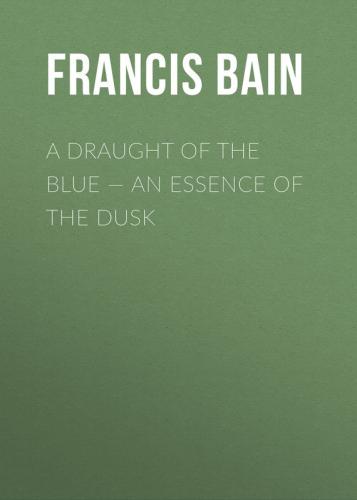and the medicinal virtue of drugs.
15
Falling meteors, says the Brihat Sanhita, are the fruits of virtue enjoyed in heaven dropping in visible form.
18
Wishnu, who in his third incarnation became a boar to support the earth: jaya jagadisha hare!
20
The Kámalátá is commonly described as red: this was perhaps some kind of Ipomæa, allied to the great white moon-flower of Ceylon.
21
An "old shikarri" told me, that he saw on one occasion a panther stalking a goat. As soon as they saw each other, they both stood stock-still, so long, that at last the goat concluded his panther was a mere illusion, and recommenced his dinner, browsing with unruffled mind. He would have paid dear for his simplicity, had not his crafty stalker been this time stalked himself.
22
These ancient forest hermits, who lived alone in jungle, doing penance and eating nothing, are one of the conventions of Hindoo fairy stories. Such a one, like the mediæval saint, a bundle of bones whose breath corrupts the world before his death, generally has a daughter, to whose rare beauty he forms the contrast: that sharp, fierce contrast, which is the essence of the East, like life and death.
23
Abalá, "weak," "without strength," is a common Sanskrit word for a woman, Vas infirmius.
24
Indra is represented as jealous of all ascetics, lest they should reach his total of a century of sacrifices (Shatahratu). But his battle with Raghu on this head ended in a compromise (vide Raghuwanshä, canto iii.).
25
Purusha and Prakriti answer, in a sense, to our Adam and Eve: as the Germans would say, the Ur-mensch and Ur-weib of the world.
26
Ascetics wear their hair twisted in a knot, in imitation of the prince of them all, Maheshwara.
27
When Ovid contrasted the os sublime of man with that of the animals, he gave expression to the idea that underlies the curious Sanskrit term for the brute-creation, the horizontal-goers (tiryag-játi).
